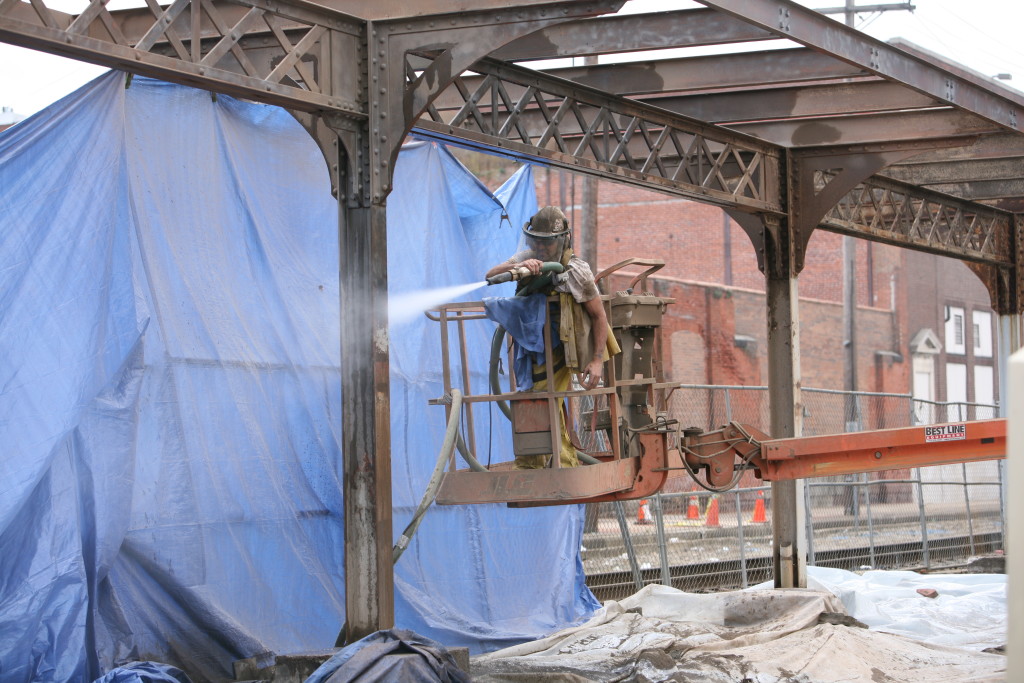Hard surfaces can be cleaned by wet abrasive blasting, sometimes referred to as vapor abrasive blasting, which removes residues, pollutants, corrosion, and coatings. However, before impacting the surface, the blast media is wet, unlike dry blasting. Its primary benefit over dry blasting is the decrease of dust. Operators can work in a variety of settings with less setup and cleaning expense because to this. It produces a finished product that is cleaner, more uniform, and ready to be coated with no embedded dirt or adhering dust.
This abrasive method is alternatively referred to as wet blasting, vapor blasting, slurry blasting, wet sandblasting and dustless blasting.

While working with the Torbo system on abrasive blasting projects during the recent years, we have found that this technology is much less likely to damage sensitive substrates as we have complete control over the impact that the media has on the surface at hand. The amount of blast media that the system uses is significantly less than most of the other conventional methods of blasting (Dust reduction rate of nearly 95%). It is not uncommon to perform this blasting work without a containment, dust collectors or negative-air pressure on site.
© Reynolds Construction, LLC